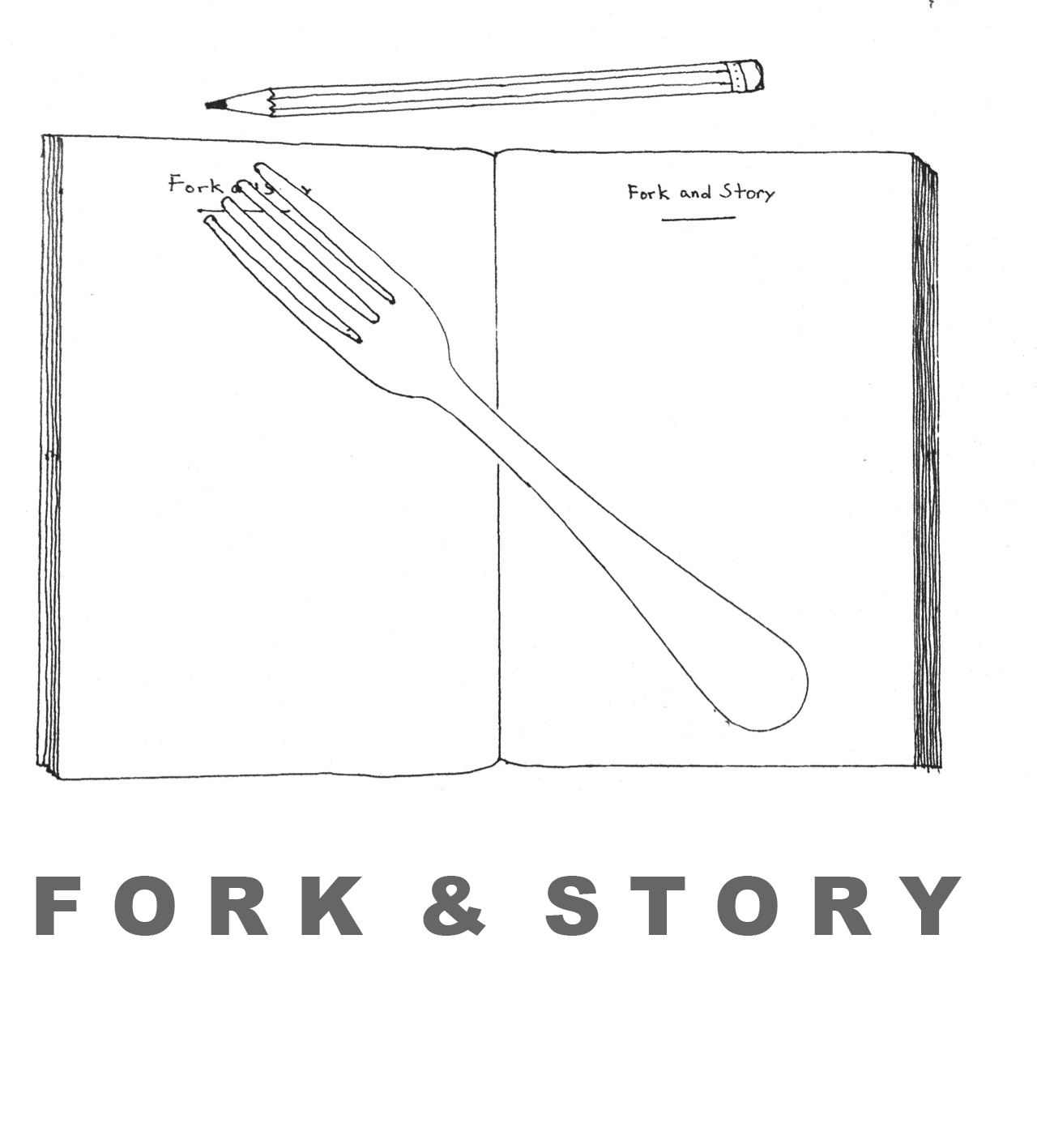Edible Art
I was looking through a set of pictures I took while in Thailand. I was homesick and hoped that these photos would transport me back to Bangkok even if just for a brief moment. But something about these images made me miss home even more. I saw the beauty within the intricate details on the mural of the Thai Wat (temple), the artful curve of the Thai typefaces and the clean silhouette of the Buddha statue. These photographs left me wanting to learn more about our traditional Thai arts and crafts.
I thought the most appropriate and natural way for me to learn about traditional Thai craftsmanship was through food. After all, I have chained myself to the kitchen several times trying to perfect other cultures' dishes but never my own. I felt slightly ashamed that I knew very little about traditional Thai food.
One dish I had always wanted to make is a dessert called 'Darathong.' Due to its shape, it is commonly (and mistakenly) known as 'Ja Mongkut' which loosely translates to mean the royal crown (Ja = chief, Mongkut = crown).
Darathong is one of the nine auspicious Thai desserts originally served exclusively in the Thai royal court. Later, it expanded outside of the palace to be used during Buddhist rituals and auspicious celebrations. These nine desserts were believed to bring good luck and prosperity to the recipients given the good meanings in each of their names like ทองเอก: Thong (gold), Ake (ace), เสน่ห์จันท์: Sanay (charm), ขนมชั้น: Chun (steps/stepping up). The Number nine also symbolises advancement and progression in Thai culture.
In my opinion, of the nine desserts, Darathong or Ja Mongkut is the most beautiful, impossible to make and the most difficult to find. When I told my 14 and 11-year-old niece and nephew I was going to learn how to make it, all I got in return were blank stares. They had never seen this dessert before. They had no idea what it was - even after I showed them pictures from Google images. It was slightly depressing to witness the extinction of this beautiful dessert.
However, my faith was quickly restored when I showed up at my Darathong-making class this past week during my latest trip home.
My teacher turned out to be a young 24-year-old gentleman named Piyachart Puttawong. He is extremely knowledgeable and passionate about all things related to Thai food.
I call him 'Arjarn' (teacher), a Thai word usually reserved for 'the older AND wiser.' Though Piyachart is a lot younger than me, he is definitely much wiser on the subject of traditional Thai food.
I wanted to respectfully address him as Arjarn given his awe-inspiring skills. I couldn't have been happier to see this young man trying to preserve our traditions.
Arjarn Piyachat taught me how to make Darathong in the old-school style. Below is an excerpt I read from the website Morning News by Pitchaya Sudbanthadpain to illustrate the painstaking, finger-burning process to make this dessert:
“In the old-school method, egg yolk is mixed with sugar and coconut milk, and then painstakingly reduced to a delicate paste over three hours in a copper pot, with constant stirring while maintaining the lowest of heat. Melon seeds are stirred by hands dabbed in jasmine syrup for a few hours over the same low heat, until sugars form thin, feathered frost over their surface. To make the syrup requires soaking fresh jasmine flowers in water overnight. The wafer pastry for the base should be thin enough to nearly see through, and the gold leaf must to be made from the purest gold, so as to avoid contaminant metals. It’s easy to see why of all the confections in the traditional “Nine Desserts of Prosperity” arrangement at important Thai ceremonies, ja mongkut earns its place on top.”
It quickly became clear to me why people don't make this sweet anymore. My fingers were sore from sweeping the melon seeds over the heated copper pot. After an hour of pain, someone with common sense just has to ask themselves - what's the point in all of this? Why go through hours of physical pain just to produce a few tiny desserts that can be devoured in seconds? For me, though, it was a worthwhile experience.
Making Darathong reminded me that to make art, let alone an edible one, requires extreme patience, passion and most importantly willpower - the key ingredients that differentiate craftsmanship from commercialised, mass-produced items.
The experience also made me proud to call myself Thai. Darathong is an extreme example of how hard it can be to make a Thai dessert. Many other Thai desserts are also labour-intensive and require a decent amount of hard-work.
I think that is why a lot of them have started to disappear from the market. My sharing of this experience is my small patriotic way to celebrate, promote and preserve my culture.
In the old days, desserts like Darathong were reserved only for very important people. So I was proud to serve my very own Darathong to my family that night. I am glad I exposed my niece and nephew to these beautiful little jewels. I wanted them to taste and learn about the dessert through experience, not through reading about it in some museum. An edible piece of art like this deserves to be honoured. It should be savoured and appreciated, not hidden away in a history book.










